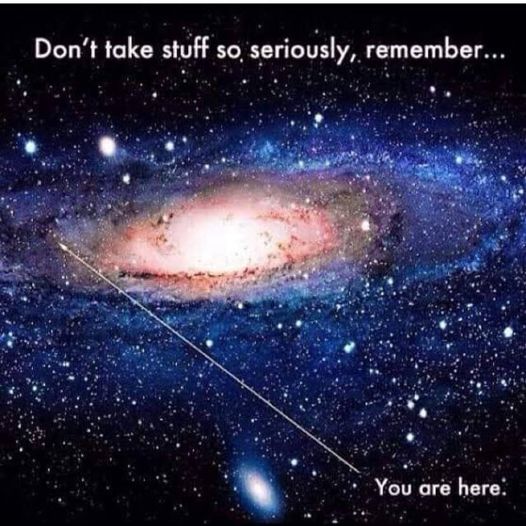Translate
martes, 29 de septiembre de 2020
lunes, 21 de septiembre de 2020
viernes, 11 de septiembre de 2020
Wabi Sabi : forma de vivir encontrando belleza en la imperfección
Wabi sabi is a beautiful Japanese concept that has no direct translation in English. Both an aesthetic and a worldview, it connotes a way of living that finds beauty in imperfection and accepts the natural cycle of growth and decay. Wabi Sabi is also the title of a fantastic 2008 picture-book by Mark Reibstein, with original artwork by acclaimed Chinese children’s book illustrator Ed Young, exploring this wonderful sensibility through the story of a cat who gets lost in her hometown of Kyoto only to find herself in the process. (For, lest we forget, we only find ourselves by getting lost.)
The book reads like a scroll, from top to bottom, and features a haiku and a Japanese verse on each spread, adorned with Young’s beautifully textured artwork.
Reibstein paints a historical backdrop:
Wabi sabi’s origins are in ancient Chinese ways of understanding and living, known as Taoism and Zen Buddhism, but wabi sabi began to shape Japanese culture when the Zen priest Murata Shuko of Nara (1423–1502) changed the tea ceremony. He discarded the fancy gold, jade, and porcelain of the popular Chinese tea service, and simple, rough, wooden and clay instruments. About a hundred years later, the famous tea master Sen no Rikyu of Kyoto (1522–1591) brought wabi sabi into the homes of the powerful. He constructed a teahouse with a door so low that even the emperor would have to bow in order to enter, reminding everyone of the importance of humility before tradition, mystery, and spirit.
A true wabi sabi story lies behind the book: When Young first received the assignment, he created a series of beautifully simple images. As he went to drop them off with his editor, he left them for a moment on the front porch of the house. But when he returned to retrieve them, they were gone. Rather than agonizing over the loss, Young resolved to recreate the images from scratch and make them better — finding growth in loss.
While technically a children’s book, Wabi Sabi is the kind of subtle existential meditation in which adults, with our relentless aspiration for more and our chronic anxiety about imperfection, can take solace. Complement it with a beautiful grownup read about the philosophy of ancient Japanese aesthetics.
Invictus William Henley
Ya no importa cuan estrecho haya sido el camino
ni cuantos castigos lleva mi espalda
soy el amo de mi destino
soy el capitan de mi alma
Primer signo de civilización
"Hace años, la antropóloga Margaret Mead fue preguntada por un estudiante qué consideraba el primer signo de civilización en una cultura. El estudiante esperaba que Mead hablara de anzuelos o ollas de barro o piedras de molienda.
Pero no. Mead dijo que el primer signo de civilización en una cultura antigua era un fémur (thighbone) que había sido roto y luego sanado. Mead explicó que en el reino animal, si te rompes la pierna, mueres. No puedes huir del peligro, llegar al río a tomar una copa o cazar comida. Eres carne para merodear bestias. Ningún animal sobrevive a una pierna rota el tiempo suficiente para que el hueso sane.
Un fémur roto que ha sanado es evidencia de que alguien se ha tomado tiempo para quedarse con el que cayó, ha atado la herida, ha llevado a la persona a un lugar seguro y ha cuidado a la persona a través de la recuperación. Ayudar a otra persona a través de la dificultad es donde comienza la civilización, dijo Mead".
Estamos en nuestro mejor momento cuando servimos a los demás. Ser civilizado."
- Ira Byock.
domingo, 6 de septiembre de 2020
Schopenhauer
: si algún Dios creó este mundo , no me gustaría ser ese Dios , pues su miseria y su infortunio , me partirían el corazón
Suscribirse a:
Entradas (Atom)
